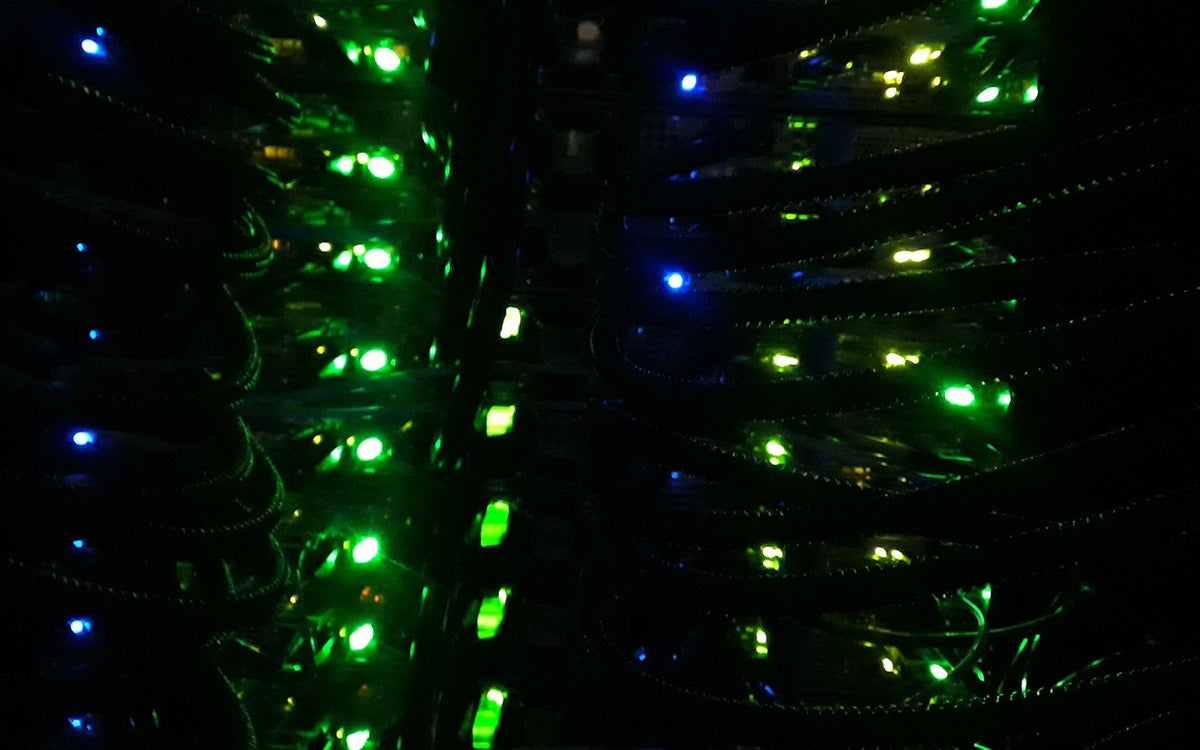
With the increasing use of artificial intelligence and other high performance computing applications, IT shops are looking for methods to crank up server performance while cutting cooling costs. One of those technologies coming into sharper focus is direct liquid cooling.
Direct liquid cooling technologies, like those offered by Dell Technologies and CoolIT, transfers heat away from high-bin processors via contact with a metal plate is placed in direct contact with the surface of the processor. Liquid flows through sealed micro-channels in the plate to capture heat from the processor, and then flows on to a heat exchanger, which dissipates the heat.
So how much momentum does liquid cooling have? A recent survey of IT professionals, commissioned by Dell Technologies and Intel, found that there is a substantial amount of interest in liquid cooling, but there are also some reservations about the technology. The team compared the results of surveys conducted in 2017 and 2020 and here’s a look at some of the key findings.
Reducing demands on data center cooling systems — While the top four methods used to reduce demand on data center cooling systems remained the same, the degree of reliance on two methods has changed over time. In 2017, respondents were more likely to rely on air containment and adjusting data center temps upward. In 2020, respondents were more likely to leverage supplemental cooling systems closer to heat sources.
Data center cooling: methods, monitoring and control — Respondents in both studies were most likely to use CRAC/CRAH units for data center cooling, followed by air-side economizers and evaporative cooling. Use of CRAC/CRAH units has diminished over time. A 2020 surprise is that respondents are marginally more likely to monitor and control data center cooling systems manually than they were in 2017.
Liquid cooling techniques used — Respondents in 2020 were more likely than 2017 respondents to report relying on water cooled-rear door systems and/or in-row cooling. Usage of all forms of liquid cooling techniques has increased over time, with the sole exception of direct-contact liquid cooling.
Primary impact area of liquid cooling — Respondents in 2017 were most likely to believe liquid cooling had the most impact on high-density cabinets or racks. In 2020, respondents were more divided on the highest impact area — between high-density racks and HPC.
Likelihood of considering liquid cooling in the future — Most of those not currently leveraging liquid cooling were likely to consider doing so in the future. Over time, respondents remained most likely to consider liquid cooling when designing and building a new facility.
Learn More
Dell Technologies customers and partners are on the leading edge of liquid cooling. For a look at how some of these organizations are benefitting from this trend, see the Surge in HPC and AI Drives Liquid Cooling Adoption. And to explore the survey results, see Data Center Trends: Use of Liquid Cooling Survey Results.
Get a glimpse of Dell EMC PowerEdge servers with liquid cooling in the Dell EMC – CoolIT Systems solution brief.
Explore more HPC and AI offerings from Dell Technologies and Intel
"use" - Google News
January 28, 2021 at 05:01AM
https://ift.tt/3ow3p9e
IT Leaders Share Insights into the Use of Server Liquid Cooling - CIO
"use" - Google News
https://ift.tt/2P05tHQ
https://ift.tt/2YCP29R
Bagikan Berita Ini














0 Response to "IT Leaders Share Insights into the Use of Server Liquid Cooling - CIO"
Post a Comment